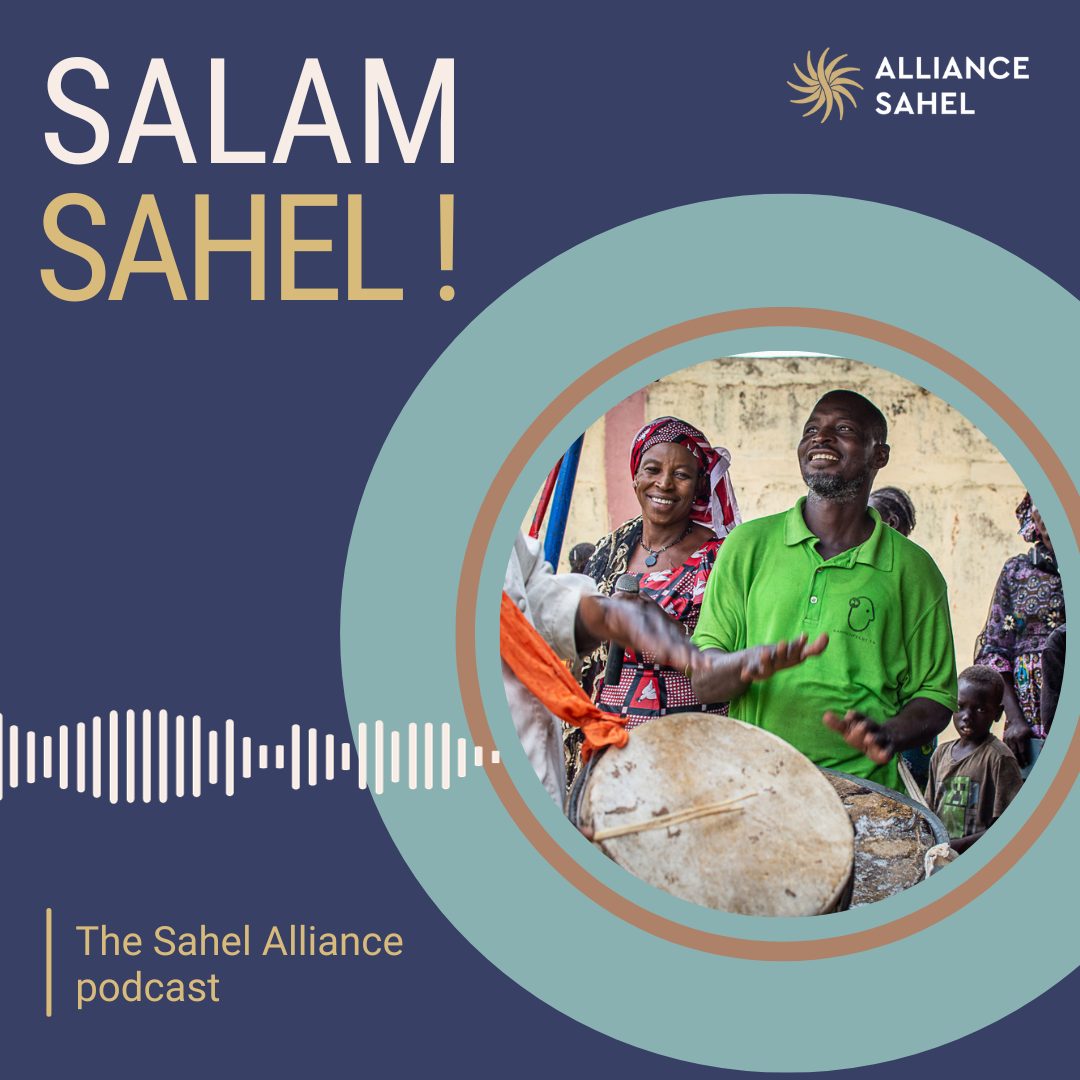Putting the spotlight on women to promote their work and knowledge
The agenda of the 10th Sahel Alliance Operational Steering Committee included a panel discussion on the theme of “Women and Resilience in the Sahel”. This panel focused on women’s economic resilience and their role as vectors of peace and stability in the face of the multiple security, political and climatic crises in the Sahel. One of the participants in this panel, Princess Esther Kamatari of the Princess Esther Kamatari Foundation, talks about the major challenges facing women in the Sahel.
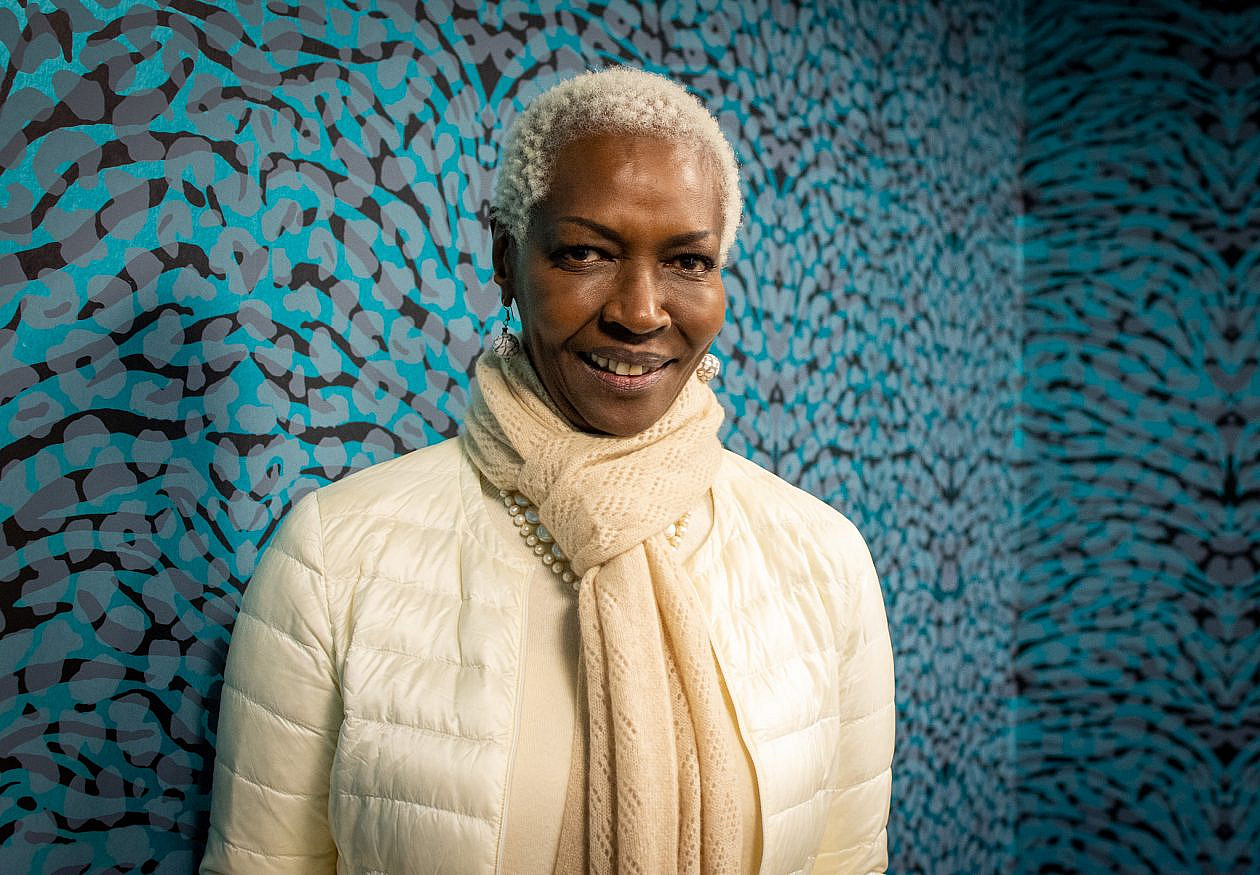
What drives you to work on building women’s capacity and resilience?
After the assassination of my father, I left Burundi and this experience has left a mark on who I am today. If resilience is the ability to withstand shocks and so resilience has shaped me, it has had a deep meaning for me and informed my career in fashion. But as fashion is a time-limited profession, I got involved in what I saw my parents doing, which was the other path. I saw my mother help other women to feel better after all the ups and downs they went through. So after my career as a supermodel, I invested myself, not in humanitarian work, but in humanity.
Could you tell us about your work, as you say, of humanity with women in the Sahel region and why the Sahel, more specifically, why Mali?
I came to Mali through fashion I was invited to Gao, in the north of Mali, by the then First Lady as part of a fashion caravan project to promote know-how.
When I visited Gao, I was very touched by a small orphanage called the Niali Centre. I saw all these children and I said to myself that I would come back with a project. The following year, I returned to Gao, this time with a bus with seats in the colours of the national flag and easy access for people with reduced mobility, to enable the children of the Niali centre to go to school. Indeed, the high temperatures and long journeys deter these young pupils from attending school.
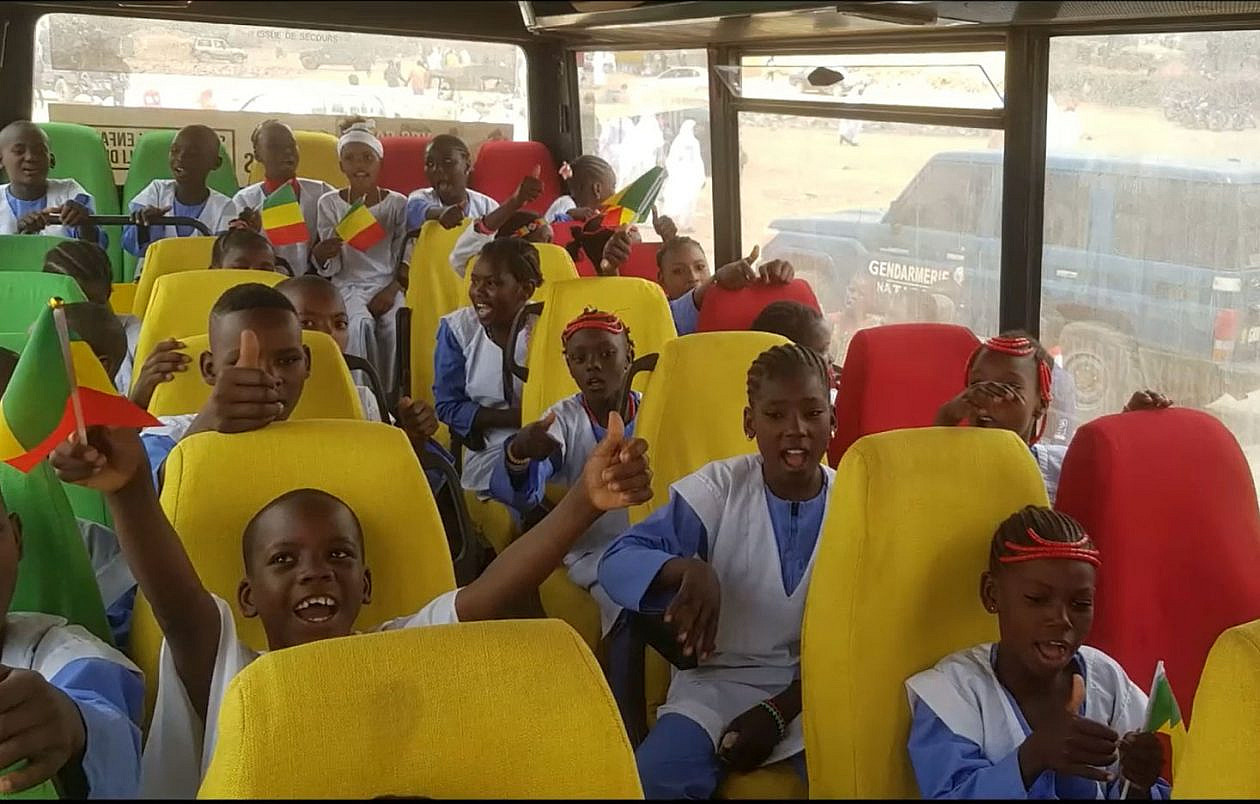
In Bamako, I thought of recycling plastic into floor tiles, but COVID broke out and I found myself stranded in Bamako. During this confinement and in collaboration with Malian tailors, we started to create masks in Malian cotton, the white gold of Mali. Alongside the hygiene measures, I collaborated with a small women’s cooperative who made and sold their shea butter soaps, with a premium to increase their soap production.
We also travelled over 4000 km with the Mali Federation of Mining Women to meet women working in the mines. I saw women who get up at dawn to feed their children, do household chores before going to the mines all day, cleaning the gold mines. Unfortunately, until they see and understand what their work produces, they do not feel that their work is important.
The only way to promote their work and knowledge is to put them in the spotlight and to educate them. So I organised a fashion event in Bamako where they walked the catwalk. The aim was to show them that just because they soak in the mud all day doesn’t mean they don’t have value.

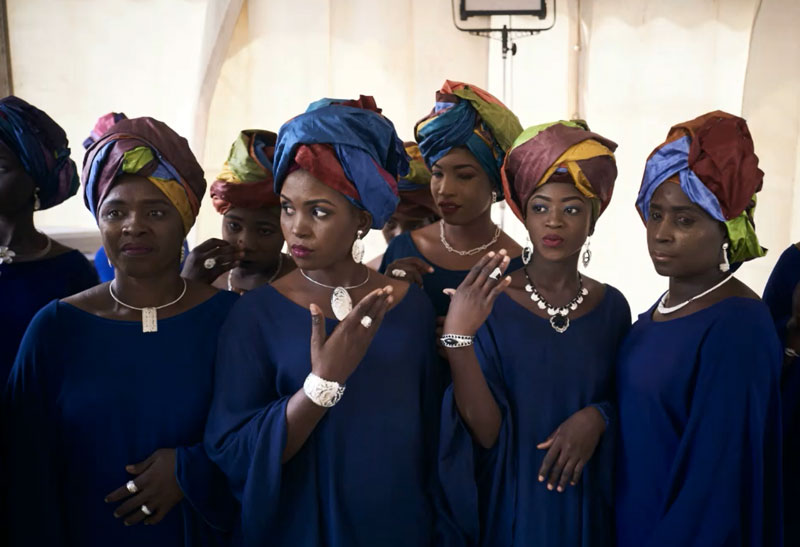
What are the key challenges facing women in their development activities in Mali?
For me, the problem in Mali is the same as in the other countries in and around the Sahel. Women have almost the same living conditions; they are burdened by tradition, family clans, religion, customs, etc. I think the greatest challenge for women in the Sahel is education and training. I have worked with women who are overlooked; those who are not civil servants, not politicians, not doctors, not researchers, but who are the foundation of society, those who organise life.
I saw women of incredible courage, who work tirelessly, moved by the desire to see their children have access to health care and go to school. The first thing that surprised me when I was in Bamako was to see men on the side of the road drinking their tea or sleeping, but I almost never saw a woman who didn’t carry an object on her head or who wasn’t working. Ultimately, development for these women is about trusting them, providing them with tools, giving them value, motivating them and showing them that they matter.
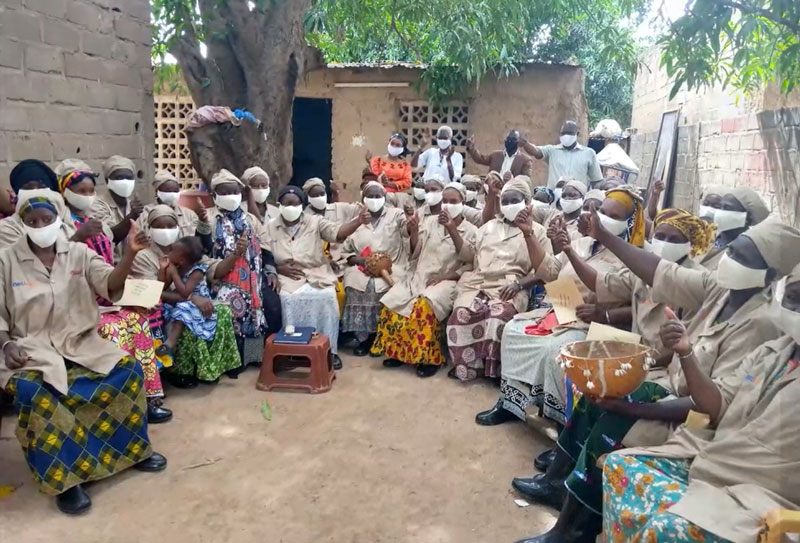
How can women be valued, motivated in the context that you just described?
Show interest in them, promote their know-how which is extraordinary, highlight them, listen to them.
To have access to these women, I went towards them, I went to see the chief of the village and the local authorities. I introduced myself with humility because I wasn’t coming to bring something different, but I was coming to listen to them to see what we could do together.
When I started this idea of collecting plastic, I saw a woman who lived in front of a dump. The vision and horizon of this woman and her family was waste. I went to her and explained that the pile of plastic in front of her was money. I suggested that instead of getting up and asking for 100 francs in the street, she should collect the plastic and I should buy it from her at 200 francs/kg. With a group of women, they collected 5 tons of plastic and when they were paid, I saw in their eyes that they understood what they had in front of them, a fortune. There was also the idea of showing them that plastic is not waste, it is a raw material.
There is also a political responsibility, particularly in Mali. Plastic has been banned from manufacture and import since 2014 but there is no implementing decree. As a result, a woman who goes to the market to buy tomatoes, her tomatoes are sold in a plastic bag and the price of this plastic bag is included in the value of the tomatoes. This woman thinks that this plastic is free. Since free things have no value, she throws it away. But everyone is throwing it away nowadays and Mali is overflowing with plastic waste.
What are your recommendations for donors?
Once again, it is to listen to these women, to go and see them, and not settle with only statistics and to make the process more flexible. They should also be properly trained, sensitised and informed, and then be trusted and respected for their know-how and their work.
Biosketch
Born in Burundi and a member of the royal family, Princess Esther Kamatari has lived in France since the 1970s. Discovered by Paco Rabanne, Princess Kamatari became the first black African model. Since the 1990s, Esther Kamatari has been actively involved in humanitarian actions, particularly in favour of women and children. In 1995, she founded the association “Un enfant par Rugo” as well as the “Association des Burundais en France”, and works closely with UN agencies (UNICEF, WFP, UNDP). In 2019, settled in Mali where she intends to continue her fight for peace and social cohesion, the emancipation and empowerment of women, sanitation and public health, as well as the fight against environmental damage and deterioration, she created the humanitarian foundation “Fondation Princesse Esther Kamatari“. In 2020, she will actively participate in the fight against the COVID-19 pandemic in Mali, through the manufacture and distribution of Malian cotton masks and Malian soaps. In 2021, in partnership with MINUSMA, it will create the first sports course and rest area in Bamako made with recycled plastic waste and the participation of local populations, particularly women, to raise awareness of environmental protection and highlight the capacity for action and the collective strength of women in the communities. The Princess was honoured for her humanitarian actions in 1999 at the Africans Ladies of UNESCO and decorated in 2002 with the National Order of the Lion by His Excellency Abdoulaye WADE, President of Senegal. The Princess lives in Paris and has three children.
Interview by Carmelle Nezerwe
Go further

